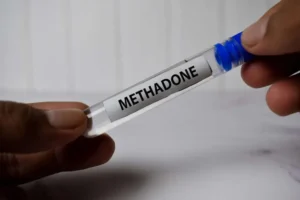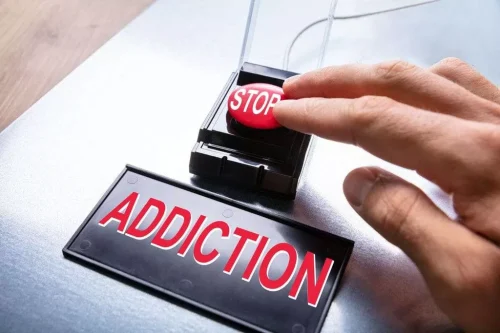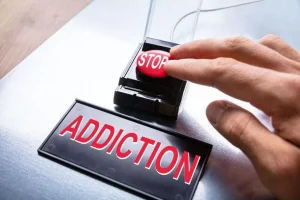
“And then you have to take a class, like a safety class, on what you do with your methadone, how you keep it safe in your home.” The agency also put in guardrails to limit abuse and black-market sales. For instance, Kellyann Kaiser said she had to earn the right to take methadone at home. “This did not increase the rate of methadone-related mortality, for example, which had been one of the concerns prior to this kind of natural experiment,” she said. “It doesn’t take any length of time to get on to it,” she said. “You get to a stable dose and then you stay there. You don’t really develop tolerance to it.”
- It may be impossible for you to go through withdrawal at home.
- To alleviate pain, methadone modifies how your brain and nerve system react to it, causing you relief.
- Another serious danger involves using medications like benzodiazepines or other opiates to mitigate anxiety, insomnia, or other withdrawal symptoms.
- Use the “start low and go slow” approach but increase dose at a rate that minimizes chances of continued illicit drug use, while monitoring for side effects.
Mental Health
In the event that an MMT patient requires pain relief, non-opioid analgesics such as paracetamol can be given. If methadone patients are provided with opioid analgesics, they may require higher than normal doses to experience pain relief. After stabilization, Suboxone can be used as a long-term maintenance treatment for opioid use disorder. Some individuals may remain on Suboxone for months or even years, depending on their recovery needs and goals.
INDUCTION PERIOD

The U.S. Centers for Disease Control and Prevention (CDC) warns that close to 50 people die every day in the Sober living house United States from an overdose involving a prescription opioid drug. Quitting methadone can be a long and frustrating process, even for people without an opioid dependence. If you are using methadone to manage chronic pain, you may still be physically dependent on it and experience withdrawal symptoms when you try to quit or reduce your dose. Methadone treatment is only one part of dealing with opioid use disorder (OUD).

Are medications for opioid use disorder safe to use during pregnancy and breastfeeding?
It’s important that your family members know how to use naloxone. Opioid withdrawal can be dangerous, and symptoms can be severe. When it’s time for you to stop taking opioids, ask how do you get off methadone for your healthcare professional’s help. Together you can create a plan to stop opioids slowly, called a taper. Tapering means slowly lowering over time the amount of opioid medicine you take until you stop completely.
- Also, treatment varies by OTP, as it does for other medical illnesses.
- Patients are required to attend the clinic daily for dosing unless other special arrangements are made.
- Not all patients meeting OUD criteria, particularly those with mild OUD, are appropriate candidates for methadone.
- Your symptoms may start mild and become more severe over the course of a few days.
- Even with the tapering process, you might experience uncomfortable withdrawal symptoms such as nausea, restlessness, fever, sweating, insomnia, fatigue, and body aches.
Methadone has the potential to induce orthostatic hypotension and syncope in ambulatory patients. Vital signs should be monitored after the initiation or titration of methadone. Thus, it is advisable to refrain from using methadone in patients experiencing shock. If you feel that the medicine is not working as well, do not use more than your prescribed dose.

